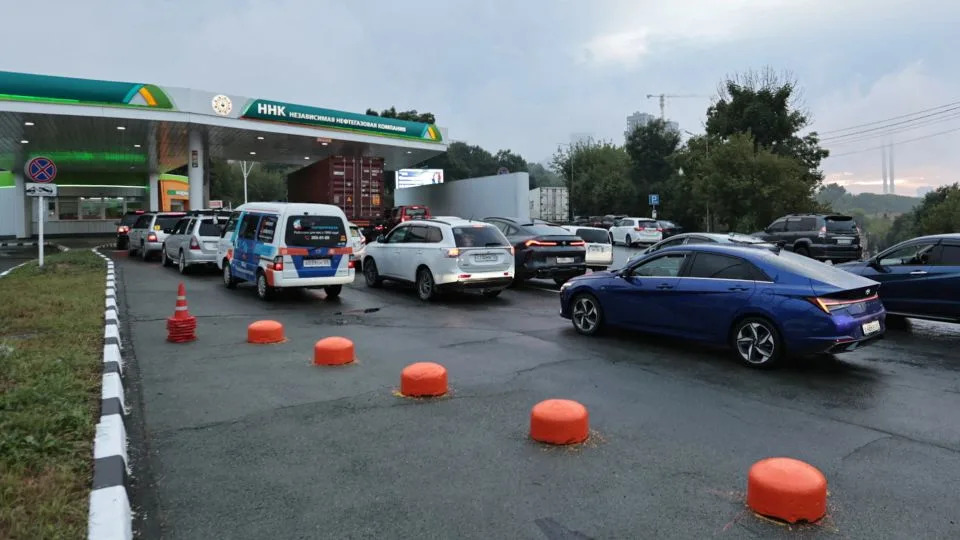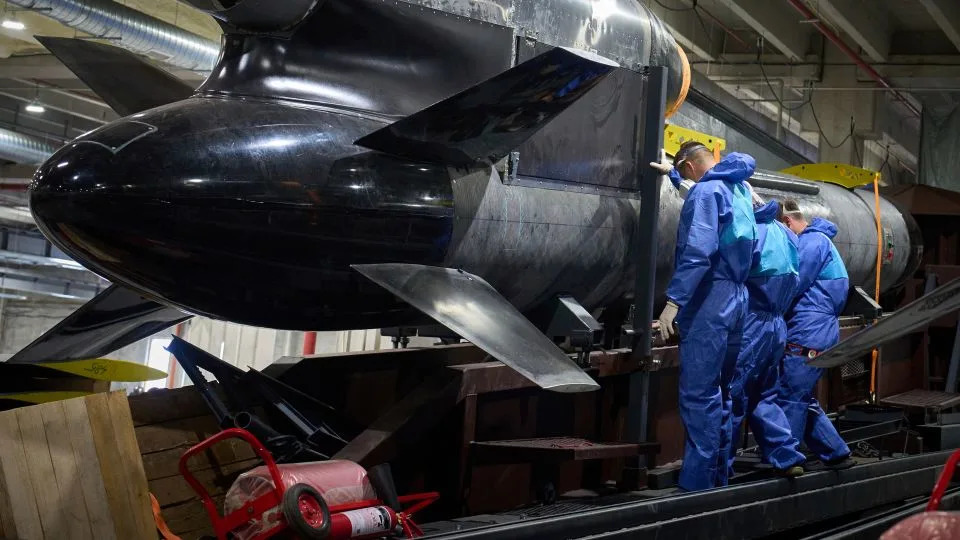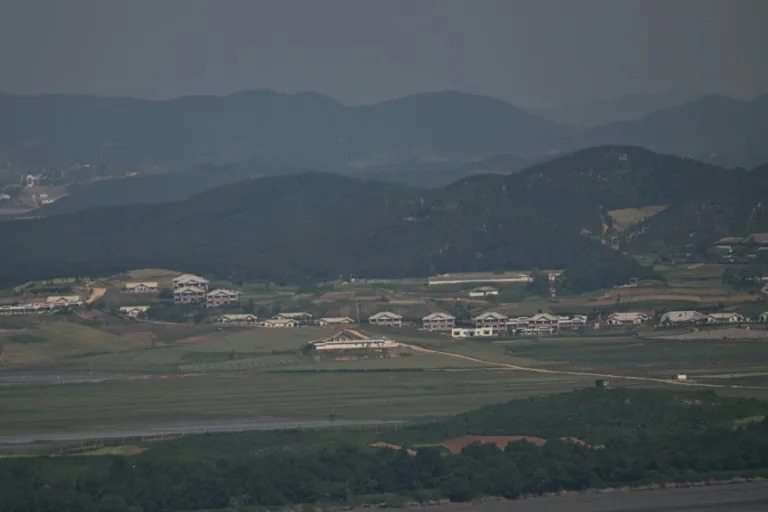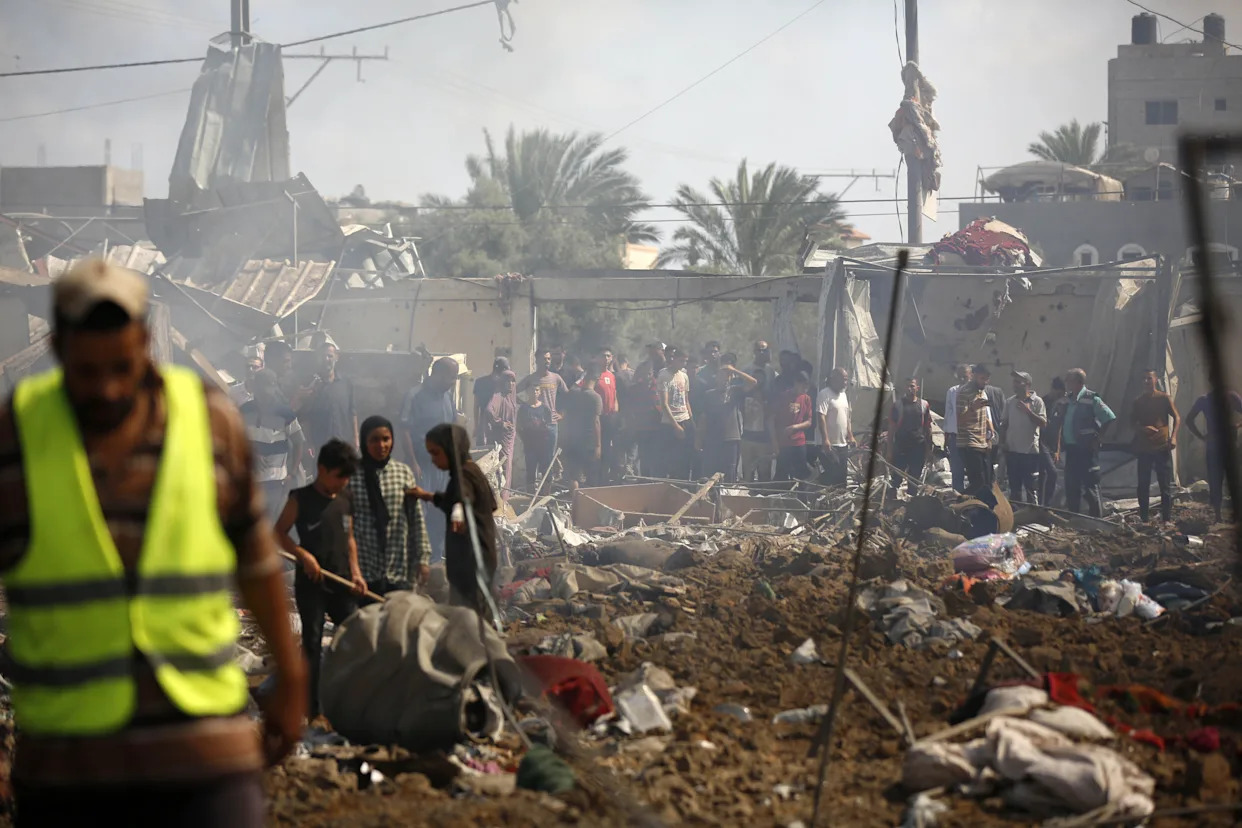
A dramatic rise in Ukrainian attacks on Russian oil refineries has sent gasoline prices in Russia to record highs, despite the government banning petrol exports to cope with the crunch.
Ukraine is focusing drone attacks on refineries, pumping stations and fuel trains in an effort to hurt the Russian war machine - but also to disrupt daily life in Russia. Summer sees peak demand among Russia’s drivers and farmers for petrol.
Ukrainian drones have struck at least ten key Russian energy facilities this month alone, according to a CNN tally of attacks.
And the strategy seems to be working. The refineries struck account for more than 44 million tons of products annually – more than 10% of Russia’s capacity - according to Ukraine’s intelligence service.
Among the targets - the giant Lukoil refinery in Volgograd, the largest in southern Russia. CNN geolocated clouds of smoke billowing from the plant, which was struck in the early hours of August 14. The Russian defense ministry acknowledged damage to the plant, which was attacked again on August 19.
A large refinery in Saratov, also in southern Russia, was attacked earlier this month. And fires continued to burn Saturday at another refinery – in Rostov region – more than two days after it was hit, according to Robert Brovdi, Commander of Ukraine’s Unmanned Systems.
Gasoline shortages are reported in several Russian regions and in annexed Crimea. Its Russia-appointed governor, Sergey Aksyonov attributed gasoline shortages to “logistics issues,” and said the government was “taking all possible measures to purchase the necessary volumes of fuel and stabilize prices.”
An activist with a pro-Ukrainian group in Crimea, – Yellow Ribbon, - said on Telegram that the most popular grade of petrol had disappeared, and “the understanding that this is the result of the good drones work on the Russian economy does not allow me to be sad.”
Despite government subsidies, Russian consumers are paying more at the pump. Wholesale petrol prices on the St Petersburg exchange have risen by nearly 10% this month alone, and by about 50% since the beginning of the year.

Much of that increase is being passed on to consumers, with the Russian far east especially impacted. Analysts expect no relief for at least a month, even though the Russian government imposed a ban on exporting petrol in late July - which in turn contributed to a rise in exports of crude oil instead.
“Unfortunately, our forecast is unfavorable for now — we will most likely have to wait at least another month for prices to fall,” Sergey Frolov, managing partner at NEFT Research, told the Russian newspaper Kommersant. Kommersant said that the surge in prices this month was “due to accidents at oil refineries.”
The military is less affected because its demand is mainly for diesel, supplies of which are less impacted.
A new focus
The Ukrainian military and intelligence services have developed long-range warfare using drones, missiles and sabotage even as a very different conflict unfolds on the ground. The military claimed this month that long-range attacks this year have caused $74 billion in damage, with nearly 40% of strikes at least 500 kilometers inside Russia.
It’s not possible to verify such claims, but there is plenty of visual evidence of the damage done to refineries, storage tanks and pumping stations in recent months. Repairing such infrastructure is complicated by European and US sanctions.
In a report on Thursday, Ukraine’s foreign intelligence service said that Russian companies were urgently purchasing petroleum from Belarus to address domestic shortages. The state-owned refiner in Belarus, Belneftekhim, says that in the last week “interest in Belarusian oil products on the Russian market has surged.”
Ukraine is also trying to impede Russian exports of oil. Last week its drones struck the Druzhba pipeline that supplies Russian oil to Hungary and Slovakia – two EU countries whose governments remain on good terms with Moscow.
Both complained to the EU, saying that “with these attacks Ukraine is not primarily hurting Russia, but Hungary and Slovakia.”
US President Donald Trump also intervened, saying in a hand-written note to Hungarian Prime Minister Viktor Orban that he was “very angry” about the disruption.
But for Ukraine, under pressure on the frontlines, attacks on Russia’s vital energy industry are a way to counter Moscow’s narrative that its victory is ultimately inevitable.
Ukraine is trying to add to its arsenal of long-range weapons and last week unveiled a domestically produced cruise missile called the Flamingo. The manufacturer aims to produce 200 a month.
Missile expert Fabian Hoffman says that for a soft target such as distillation columns of Russian refineries, for example, the Flamingo’s lethal radius would be upwards of 38 meters. That would cause substantial damage.

“Each missile that successfully hits its target will cause much more damage [than existing Ukrainian weapons] with its 1,150-kilogram warhead,” says Mick Ryan, author of the blog Futura Doctrina.
“While I would not call it a silver bullet, it will have a significant impact on Ukraine’s capacity to hurt Russia,” not least because it’s hard to defend every oil refinery.
In the meantime, analysts do not expect thousands of Russian gas stations to run dry but believe the disruption will aggravate already high inflation and likely mean an extension of the ban on gasoline exports into the autumn, as the Kremlin tries to tamp down prices and ensure supply.
CNN’s Annoa Abekah-Mensah contributed to this report
For more CNN news and newsletters create an account at CNN.com







Comments